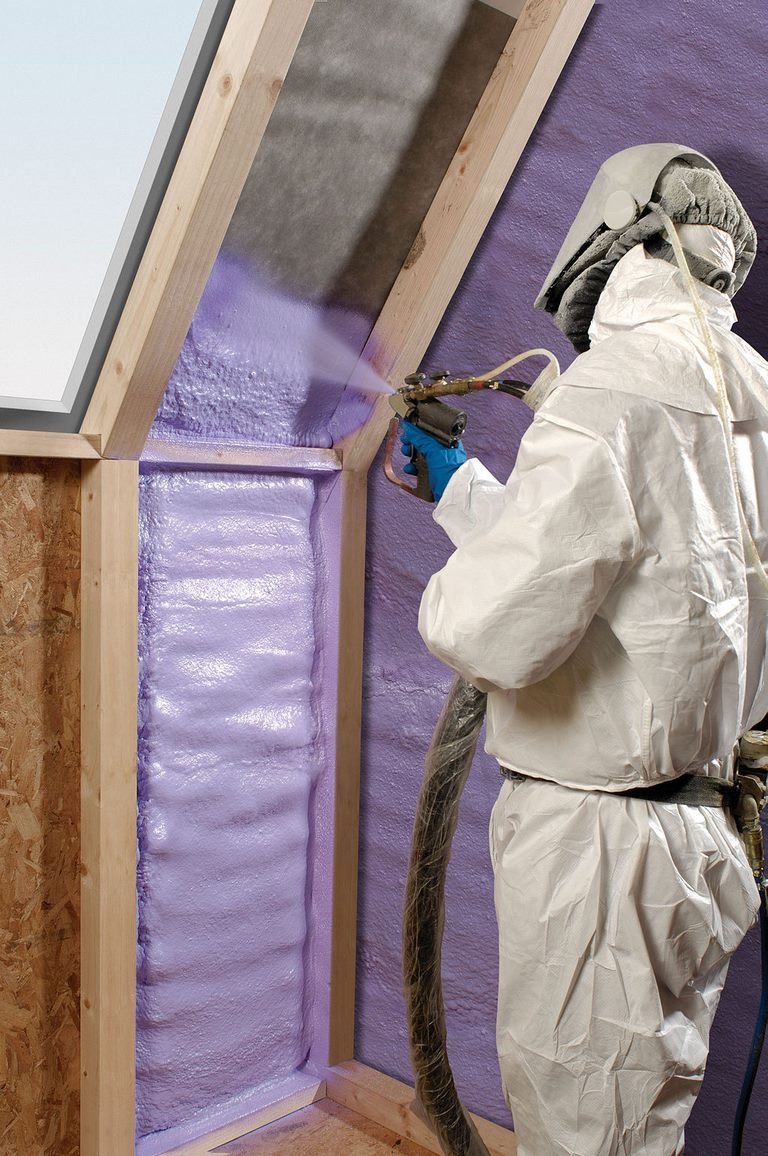Table of Contents Show
Are you looking into upgrading your home? Did you know that adding a fresh veneer or siding to your home can have you recoup around 78%?

No matter what type of home upgrade you’re thinking of, one of the top choices is picking out the best type of insulation. In this article, explore all about the different types of insulation, and which is best for your home.
Read on to explore the pros and cons of each to find the right one for you in no time.
Proper Installation
While you can pour certain types of insulation on your own, it’s a good idea to speak with a professional. Some do require professional installation. Speak with multiple contractors to see your options as far as the cost.
The Different Types of Home Insulation
From sprayed foam to rigid fibrous or fibre insulation, you have options. When deciding the best type of insulation such as greenhomespecialties.com, you’ll want to first know the recommended R-values for the areas that’ll be insulated.
You’ll also need to decide where you want to add/install the insulation.
One type of home insulation is blanket batts and rolls. They’re normally made with fibreglass.
This is an inexpensive and easier insulation option. If you decide to do it yourself, make sure that you read all instructions and warnings, and wear protective clothing.
Read Also:
Spray Foam Insulation
Spray foam insulation is great for sealing any gaps or leaks in your existing walls. Liquid polyurethane is what’s sprayed into the cavity of the wall.
If it’s a larger area, you can use a pressure sprayed option. From there, you can choose either a denser closed-cell foam or an open-cell foam.
Keep in mind that while the closed-cell option has a higher R-value, it tends to be expensive. For this type of insulation, it’s best to contact a professional. It’s not just spraying and aiming.
Spray Foam Insulation contractors can service new constructions, existing houses, metal structures, crawl spaces, and roofs with Spray Foam Insulation.
Polyisocyanurate Insulation
While it can be a great product, there are limits to this option. Since it’s more sensitive, you need to make sure it’s not exposed to weather during service life or construction.
The foil membranes of it contain gas that will leak out over time. This means the R values will be reduced.
It’s not the best option for outdoor use since it’s sensitive to the weather. It’s best for inside the home. Keep in mind that the foil membrane can act as a vapour barrier.
Cotton Insulation
This type of insulation comes in batt form similar to stone wool and fibreglass. It’s a better option than fibreglass when there are low temperatures and high winds.
It’s great for thermal performance and sound absorption. You don’t need to wear protective gear to install it, and it’s easier than fibreglass to install.
Exploring the Best Type of Insulation
Now that you’ve explored the best type of insulation, you should have a better idea of which is right for your home. Would you like to read more about home improvement?
For everything from home improvement to design ideas, check out our other articles today.









